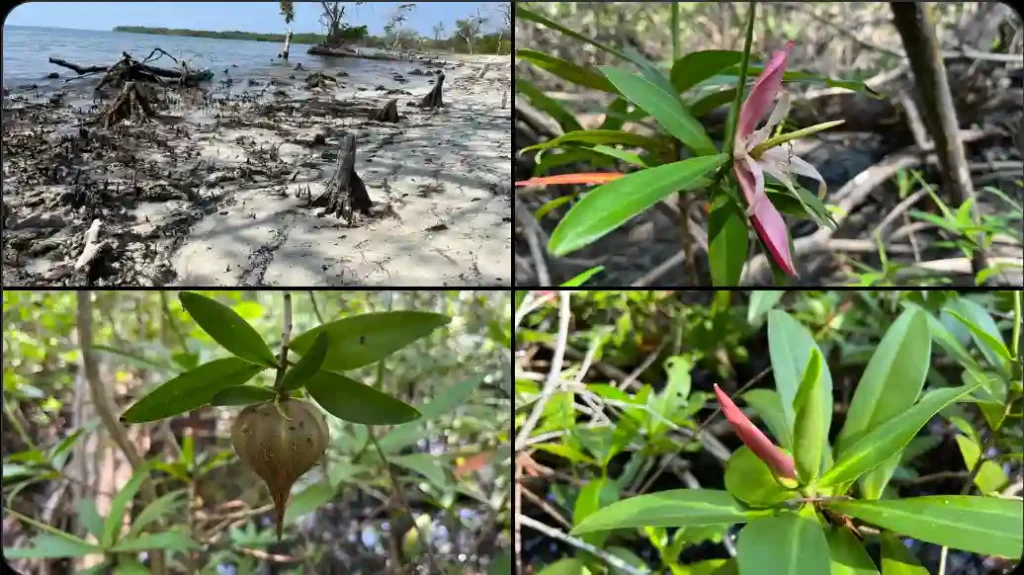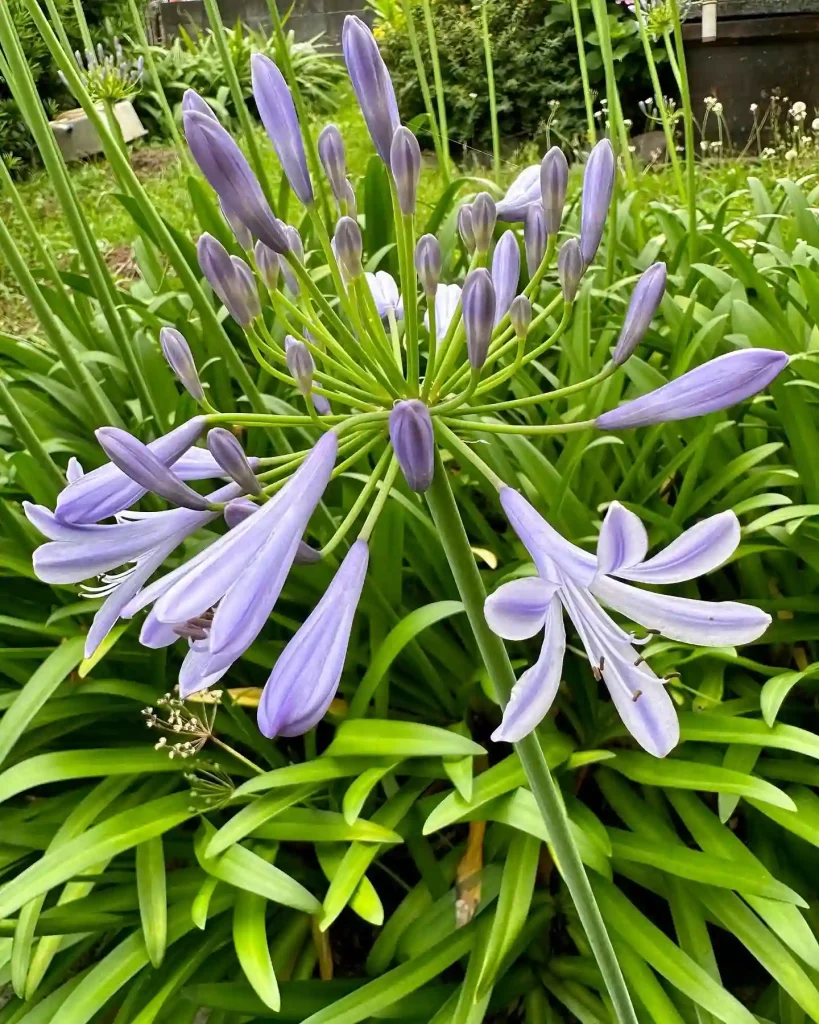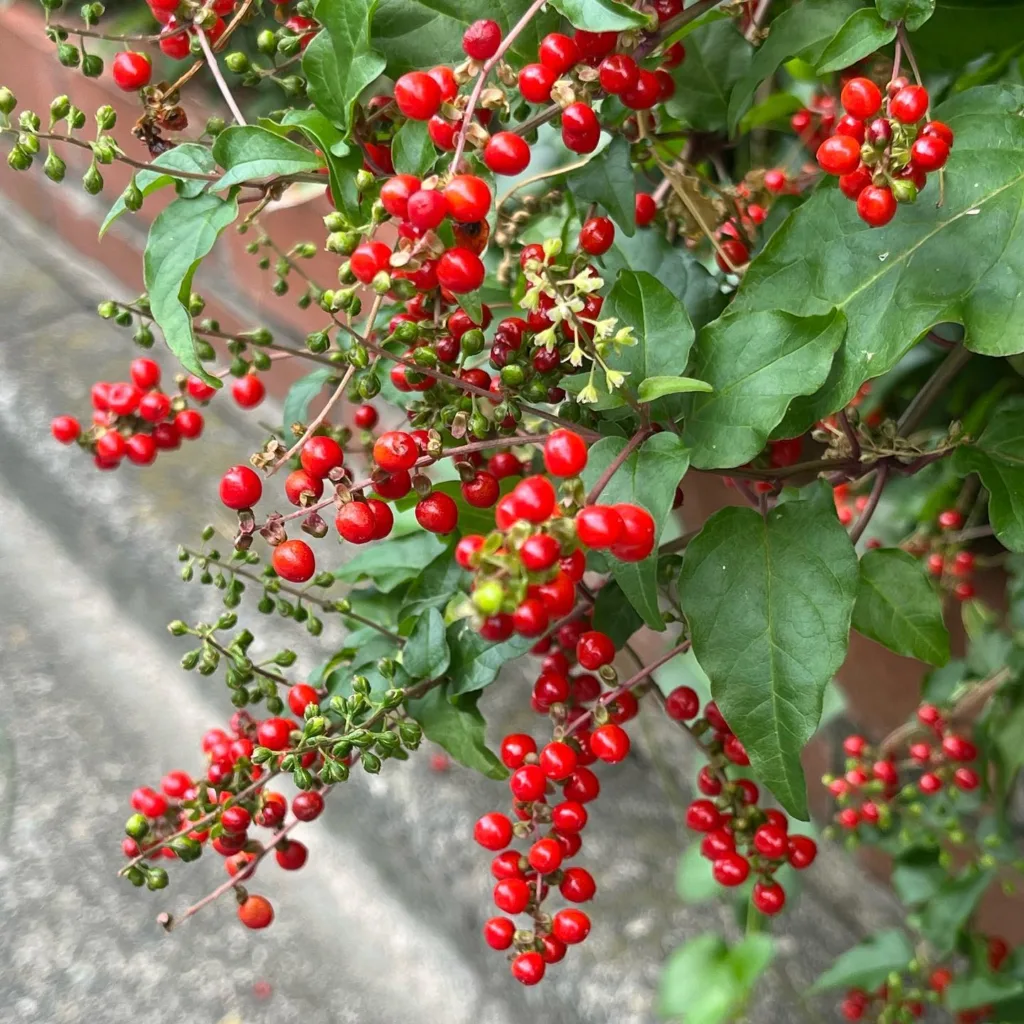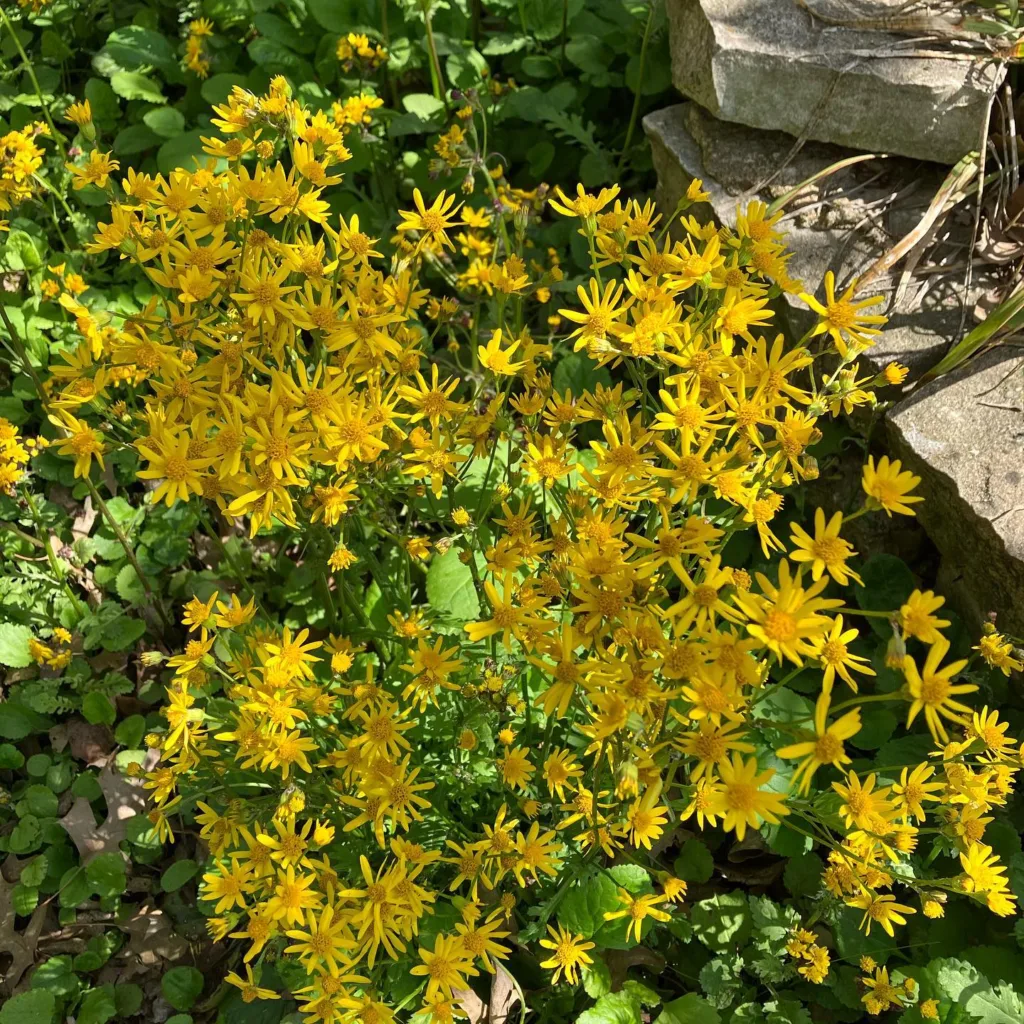The Savory World of Satureja
My name is Ferb Vu, and I’ve always been fascinated by the world of herbs. Their ability to transform a dish with their unique flavors and aromas is nothing short of magical. Among my favorites is the genus Satureja, more commonly known as savory. These unassuming plants pack a punch, adding a pungent, peppery note to any dish they grace.
I first encountered savory while exploring a local farmers market. A stall overflowing with fragrant herbs caught my attention, and there, nestled among the rosemary and thyme, was a plant I didn’t recognize. The vendor, noticing my curiosity, plucked a sprig and invited me to rub it between my fingers. The aroma that erupted was both familiar and new – a warm, peppery scent with hints of thyme and mint. I was instantly hooked.
Since then, I’ve made it my mission to learn everything I can about this fascinating genus.
A Diverse Family of Flavor
Satureja is a member of the Lamiaceae family, which also includes culinary giants like mint, oregano, and basil. Native to the Mediterranean region, savory plants are now cultivated worldwide. They are typically small, bushy herbs with woody stems and narrow leaves. The flowers, usually white or pink, are a favorite of bees and other pollinators.
What truly sets Satureja apart, however, is its flavor. The leaves contain essential oils that give them a distinctive peppery taste, often described as a cross between thyme and oregano. This makes savory an ideal addition to a wide range of dishes, from hearty stews and roasted meats to delicate egg dishes and bean salads.
A Closer Look at Savory Species
The Satureja genus boasts a diverse array of species, each with its own unique characteristics and culinary uses. Here are:
- Summer savory (Satureja hortensis): This annual herb is the most common type of savory found in gardens and kitchens. It has a delicate, slightly sweet flavor and is often used in summer salads, vegetable dishes, and bean preparations. Plant FAQs: Summer Savory – Satureja Hortensis
- Winter savory (Satureja montana): A hardy perennial, winter savory has a more robust, pungent flavor than its summer counterpart. It’s a perfect complement to heavier dishes like stews, sausages, and stuffing.
- Creeping savory (Satureja repandra – Satureja spicigera): This low-growing species, as its name suggests, spreads along the ground, forming a fragrant carpet. It has a milder flavor and is often used as a ground cover in herb gardens.
- Satureja adamovicii Šilic
- Satureja aintabensis P.H.Davis
- Satureja amani P.H.Davis
- Satureja atropatana Bunge
- Satureja avromanica Maroofi
- Satureja bachtiarica Bunge
- Satureja boissieri Hausskn. ex Boiss.
- Satureja bzybica Woronow
- Satureja × caroli-paui G.López
- Satureja cilicica P.H.Davis
- Satureja coerulea Janka
- Satureja cuneifolia Ten.
- Satureja × delpozoi Sánchez-Gómez, J.F.Jiménez & R.Morales
- Satureja edmondii Briq.
- Satureja × exspectata G.López
- Satureja fukarekii Šilic
- Satureja hasturkii H.Duman & Dirmenci
- Satureja hellenica Halácsy
- Satureja horvatii Šilic
- Satureja icarica P.H.Davis
- Satureja innota (Pau) Font Quer
- Satureja intermedia C.A.Mey.
- Satureja intricata Lange
- Satureja isophylla Rech.f.
- Satureja kermanica Payandeh, Bordbar & Mirtadz.
- Satureja kermanshahensis Jamzad
- Satureja khuzistanica Jamzad
- Satureja kitaibelii Wierzb. ex Heuff.
- Satureja laxiflora K.Koch
- Satureja macrantha C.A.Mey.
- Satureja metastasiantha Rech.f.
- Satureja mutica Fisch. & C.A.Mey.
- Satureja × orjenii Šilic
- Satureja pallaryi J.Thiébaut
- Satureja parnassica Heldr. & Sartori ex Boiss.
- Satureja pilosa Velen.
- Satureja rumelica Velen.
- Satureja sahendica Bornm.
- Satureja salzmannii (Kuntze) P.W.Ball
- Satureja spinosa L.
- Satureja subspicata Bartl. ex Vis.
- Satureja taurica Velen.
- Satureja thymbra L.
- Satureja visianii Šilic
- Satureja wiedemanniana (Avé-Lall.) Velen.
Savory in the Kitchen and Beyond
The culinary uses of savory are truly endless. I love adding a sprig or two to my marinades for grilled chicken or fish. It also pairs beautifully with legumes, cutting through their richness with its peppery bite. A sprinkle of dried savory can elevate simple dishes like scrambled eggs or roasted vegetables.
But savory’s benefits extend beyond the kitchen. Traditionally, it has been used for its medicinal properties. Savory is believed to aid digestion, relieve coughs, and even freshen breath. Its essential oils have antiseptic and antioxidant properties, making it a valuable ingredient in natural remedies.
Cultivating Savory
One of the joys of working with savory is that it’s relatively easy to grow. Whether you have a sprawling garden or a sunny windowsill, you can cultivate your own supply of this versatile herb. Savory thrives in well-drained soil and plenty of sunshine. Regular harvesting encourages bushier growth and a continuous supply of fresh leaves.
For me, growing savory is a way to connect with nature and the origins of my food. There’s something deeply satisfying about snipping a few sprigs from my garden and adding them to a dish I’m preparing. It’s a reminder of the simple pleasures in life and the power of nature to nourish and inspire.
The world of Satureja is a testament to the diversity and wonder of the natural world. From its humble origins in the Mediterranean to its place in kitchens and gardens around the globe, savory continues to delight and inspire. Whether you’re a seasoned chef or a curious home cook, I encourage you to explore the savory world of Satureja and discover its unique flavors for yourself.
If i die, water my plants!



